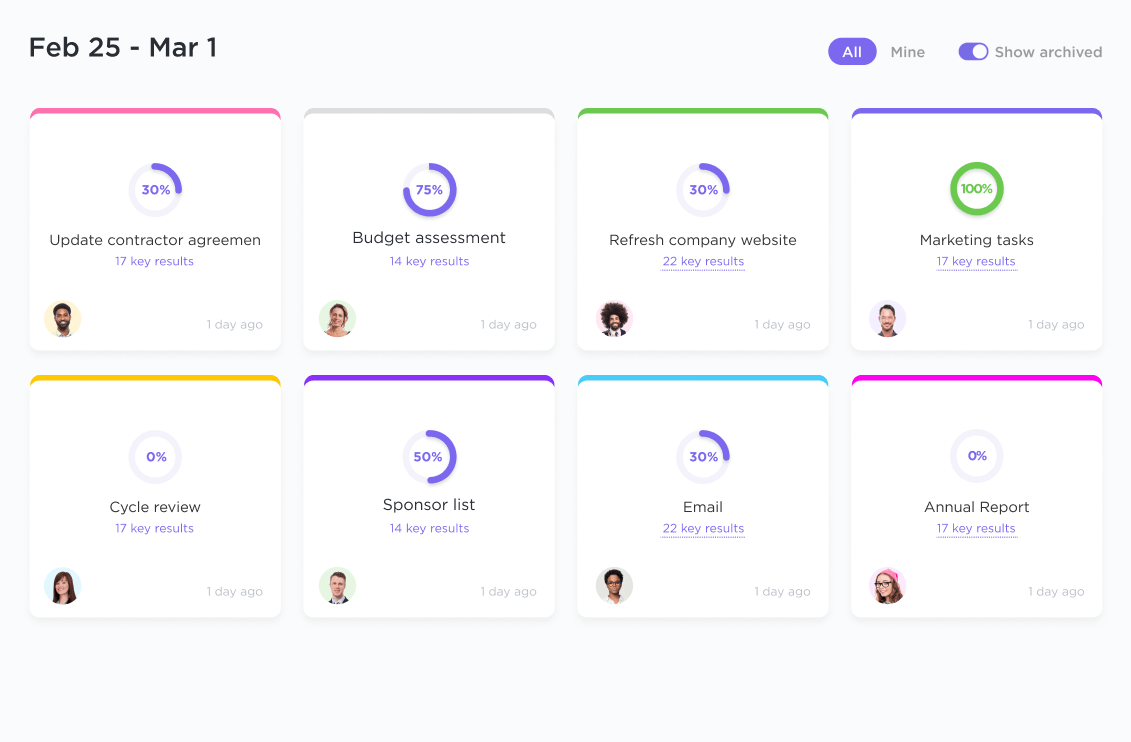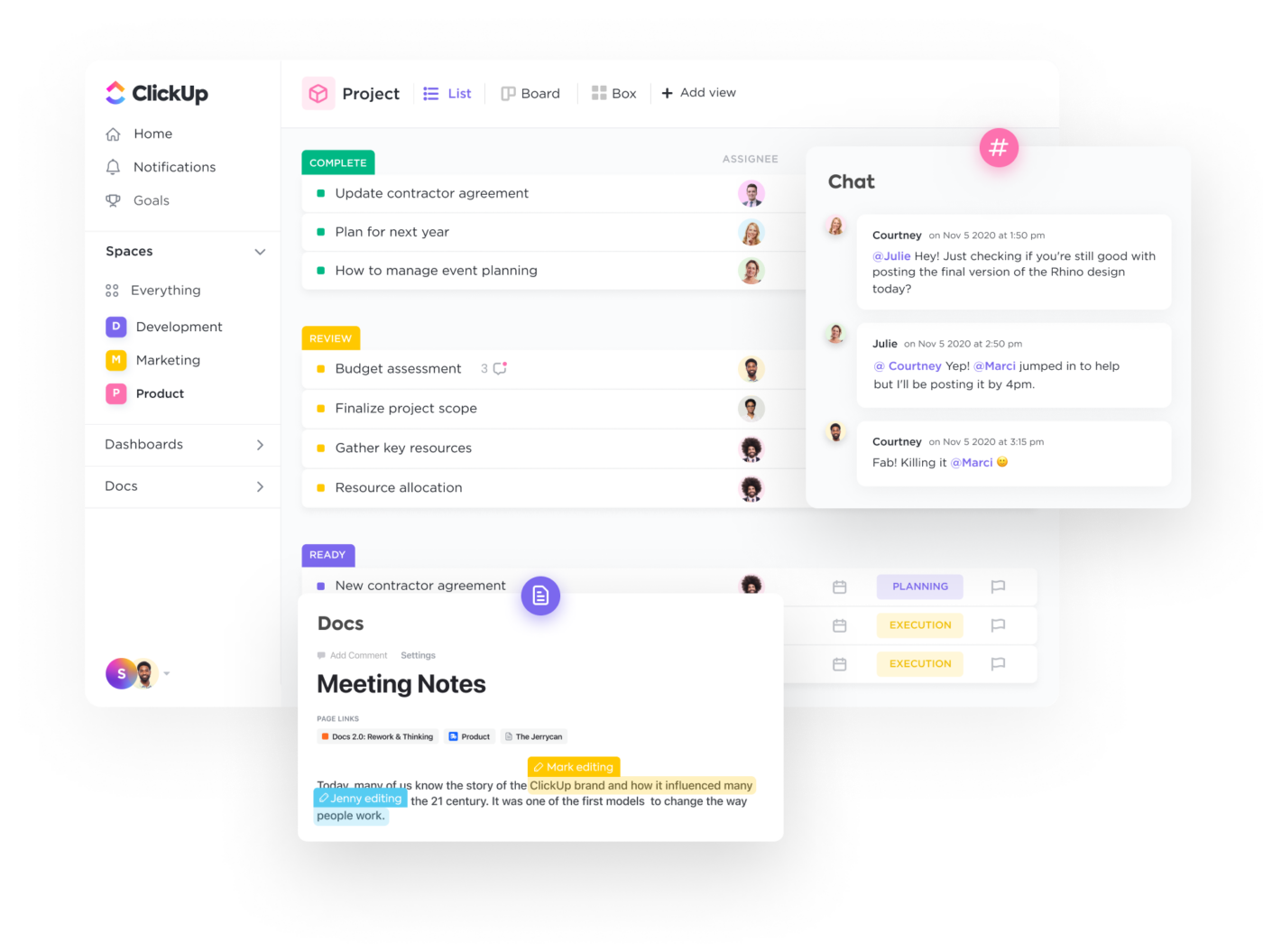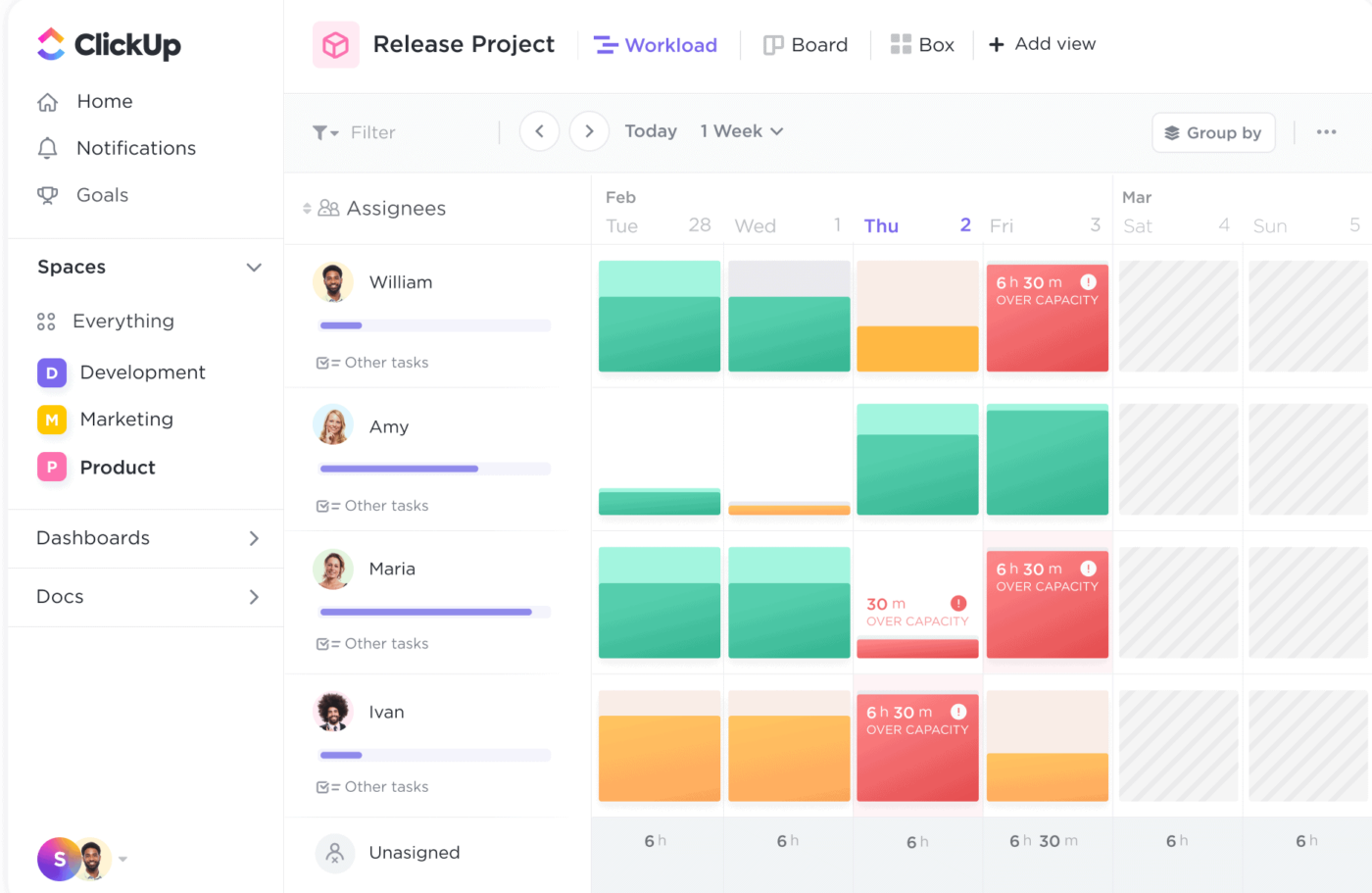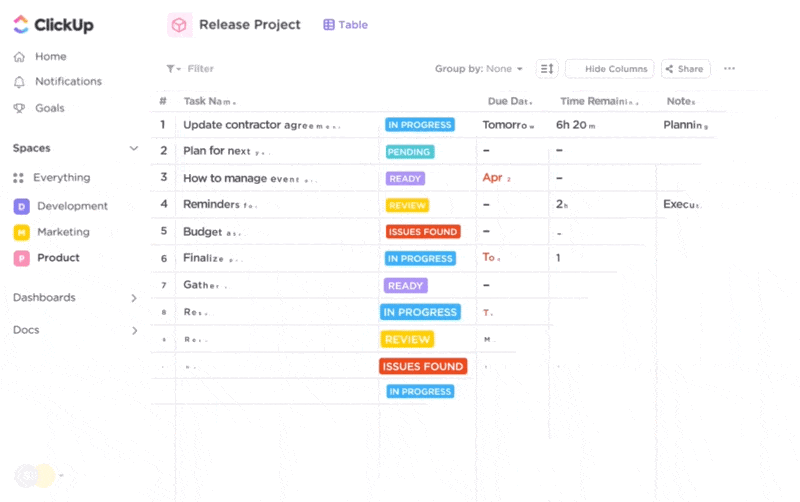Without governance, chaos reigns. This statement holds true in any situation requiring structure and systematic persistence. And, in the highly competitive and result-driven world of project management, there is absolutely no room for workplace chaos. Imagine trying to run a tech giant without rules, checks, or a strategic plan. That’s a recipe for disaster!
Think of project governance as your project’s superhero, bringing in:
- Zen processes: Your internal processes are well-communicated, clear, and error-free
- Time’s BFF: Deadlines become a walk in the park
- Client cheer: Happy clients? Consider it done 🥳
In this article, we’re decoding the power of project governance, connecting the dots between those big-picture governance principles and the nitty-gritty of your daily project grind. We’ll cover the basic concepts within project governance and explain the steps to develop an effective project governance framework.
What Is Project Governance?
By definition, project governance is an oversight function that is aligned with the organization’s governance model and encompasses the project life cycle.
But this technical description can be hard to digest for many of us. In plainer terms, project governance is the set of rules and procedures that decide how a project will be run.
Project governance is the go-to structure—also called governance model or framework—for deciding: Ways to tackle projects you need to produce? Make sure these are realistic and align with your organization’s overall strategy
- Project scope: This defines the boundaries of your project. What’ll be included and what won’t? Be specific to avoid scope creep later on
- Document everything: Write everything down in a project charter or similar document. You can use project charter templates feature! It lets you set goals and timelines with measurable metrics, track real-time progress, and keep everything super organized with Folders. Plus, you get this cool visual to monitor all your deliverables in one place.

Track your goals down to the most essential KPIs and automatically get detailed views into your progression
Step 2: Identify key project stakeholders and roles
Now, let’s talk about the people who will be in this with you. Identify key stakeholders and define their roles. Who plays what part? Knowing this helps create a supportive team where everyone knows their role to bring project success. Stakeholder roles include the project sponsor, project manager, project team, or even external parties like clients or suppliers. 🔑
There are two simple steps to organizing project stakeholders with ClickUp:
- Create a stakeholder registry: You can create individual tasks within a ClickUp List
- Reporting expectations
- Tracking and testing for quality outcomes
- Deploying the project
- Reporting expectations
Sounds overwhelming? This step is precisely why you need a reliable project management tool like ClickUp to centralize all discussion and documentation emerging from project governance planning.
ClickUp 3.0 is equipped with cross-collaboration, time management , meeting management , note taking , scheduling, and deployment tools to help you navigate and monitor project execution from A to Z. You’ll also love using ClickUp AI to generate structured documents, brainstorm next steps, and summarize lengthy texts, all functionalities designed to help you set up a governance framework in a timely manner.

Monitor project updates, manage workflows, and collaborate with the team, all from your ClickUp Workspace
And here’s the cherry on top: ClickUp comes with extensive training support . Equip your project teams and stakeholders with the skills to navigate and make the most of its tools.
Step 4: Establish communication protocols within project teams
Recent surveys indicate that a whopping 75% of project professionals foresee an increased reliance on collaboration tools for team dynamics . We couldn’t agree more!
Setting up effective communication channels and protocols involves creating clear, direct lines of communication between all team members , stakeholders, and other key players involved in the project. Smooth sailing, right? ⛵
Let’s do this:
- Develop a communication plan: This should outline who needs to communicate, what information they need to share, when they should share it, and how they should disseminate it
- Use reusable templates: Explore ClickUp’s reusable templates
- Edit documents collaboratively without overlaps and easily share them via URL with ClickUp Docs
- Visually convey task dependencies and relationships swoop in to make your life easier and let you create a cool, customized dashboard that shows you everything you need to know. You open it, and boom! 💣
- Edit documents collaboratively without overlaps and easily share them via URL with ClickUp Docs
Leverage Custom Cards , charts, graphs, and all the good stuff to assess if your project is cruising or needs a little boost. Maintain control in any work scenario—here are three sample business case uses of ClickUp Dashboards:
Development sprints
Effortlessly manage your team’s workload, whether it’s through scrum points or assigned tasks. Conduct discussions on any build challenges, track progress, and gauge team performance, all conveniently in one place.
Resource management
Visualize resource availability in your Dashboard and allocate everything strategically. Identify efficiently used or underutilized assets and personnel swiftly. Generate progress reports over time for seamless resource optimization .

Understand at glance who on your team is under or over-worked so you can easily reallocate your resources
Business management
Plan, view, track, and assess periodical goals across diverse tasks, ensuring a uniform governance structure for all projects. The Dashboard works like a personalized control center to help you uncover bottlenecks in workflows and take preventive measures.
Step 6: Continuously evaluate and adjust
Projects are dynamic, just like life. Regularly review and adjust your governance framework based on project performance and changes in circumstances. Flexibility is key—it ensures your framework stays relevant and adapts to the evolving needs of the project .
ClickUp simplifies governance tasks by offering a range of views that align perfectly with the ever-changing nature of projects, ensuring you have the right lens for effective oversight and management.

ClickUp’s 15+ views provide organizations with a wall-to-wall solution for every team
Here are some of our favorite views and their key benefits:
- Board view
for visual project tracking: It allows you to see tasks moving across stages, offering a dynamic visual representation of your project’s progress - List view
for detailed task management: It lets you meticulously manage tasks, making it easy to oversee individual assignments and track progress step by step - Calendar view
for scheduling: It ensures you stay on top of deadlines and time-sensitive tasks. Easily adjust your governance framework based on project timelines- Accountability and decision-making: Defines the chain of responsibilities, enhancing accountability and streamlining decision-making processes has a broader scope, addressing the entire organization’s structure, policies, and decision-making processes. It sets the framework for sustained, long-term operations, guiding strategic objectives and overall functionality across various business processes and functions —like sales and HR—within the organization.
Here’s a table outlining the key differences between project governance and organizational governance:
| Aspect | Project governance | Organizational governance |
|---|---|---|
| Focus and scope | Concerned with project initiation, execution, and success | Encompasses the entire organization’s activities |
| Duration | Relatively temporary, aligned with project life cycle and market shifts | Permanent, providing an enduring framework that can last for decades |
| Decision-making | Project-specific decisions | Strategic direction at the organizational level |
| Responsibilities | Defines deliverables for project managers and team members | Assigns roles for executives, departments, and employees |
| Scale | Micro-level, limited to project planning | Macro-level, guiding the organization as a whole |
Helm Successful Projects: Use ClickUp for Project Governance
Running a project without order is like driving blindfolded. Give it a go yourself if you’re not convinced, but if you value order and efficiency, then you get the importance of it.
With ClickUp’s array of features, from seamless task handling to top-notch communication tools and issue management, setting up the right project governance model becomes a breeze.
So, whether you’re a skeptic or a seasoned believer, ClickUp is worth a try ! It’s free, and you can always count on it to help anchor your projects meticulously. Trust us; you’ll wonder how you managed without it so far. 😁

